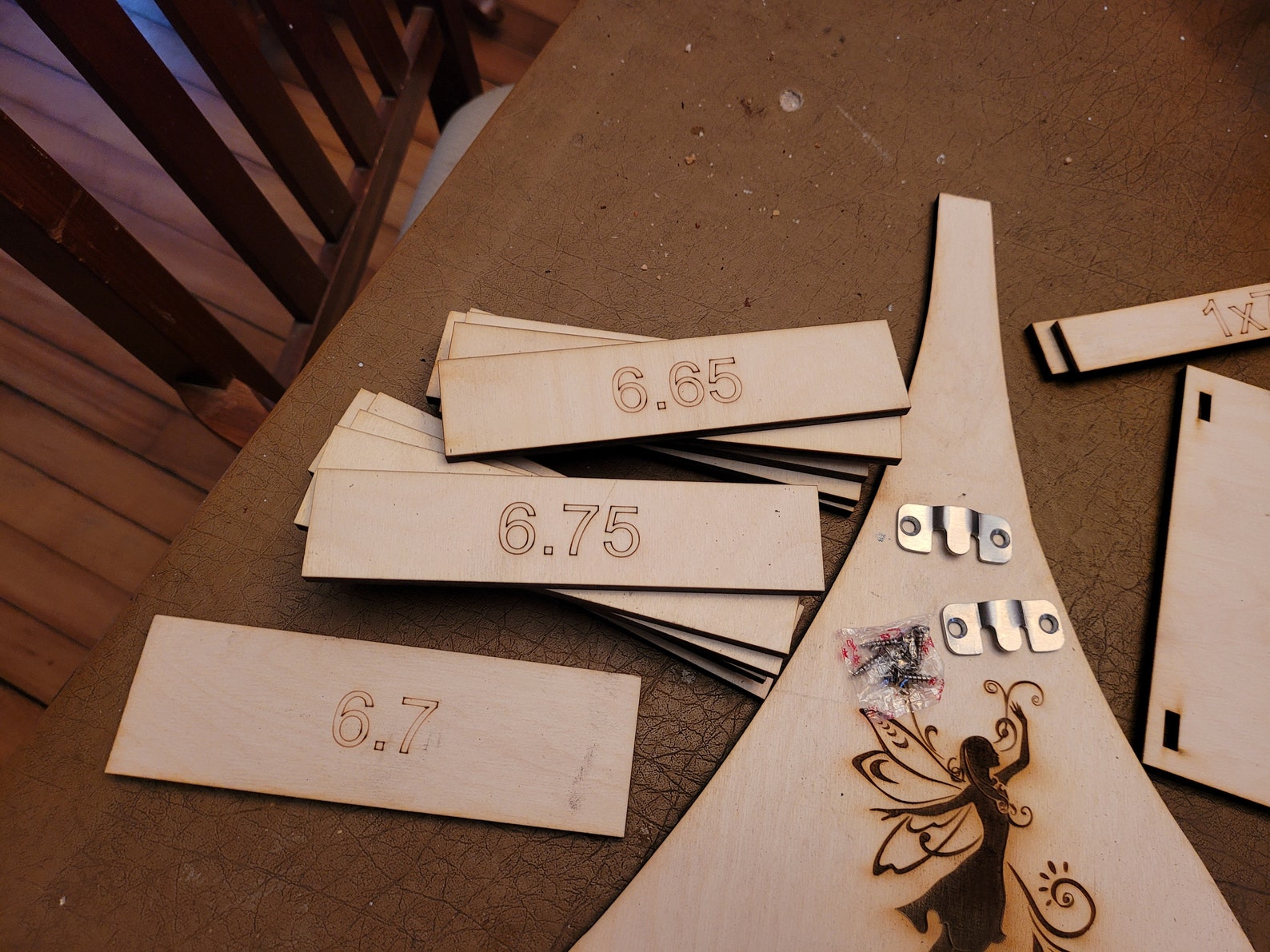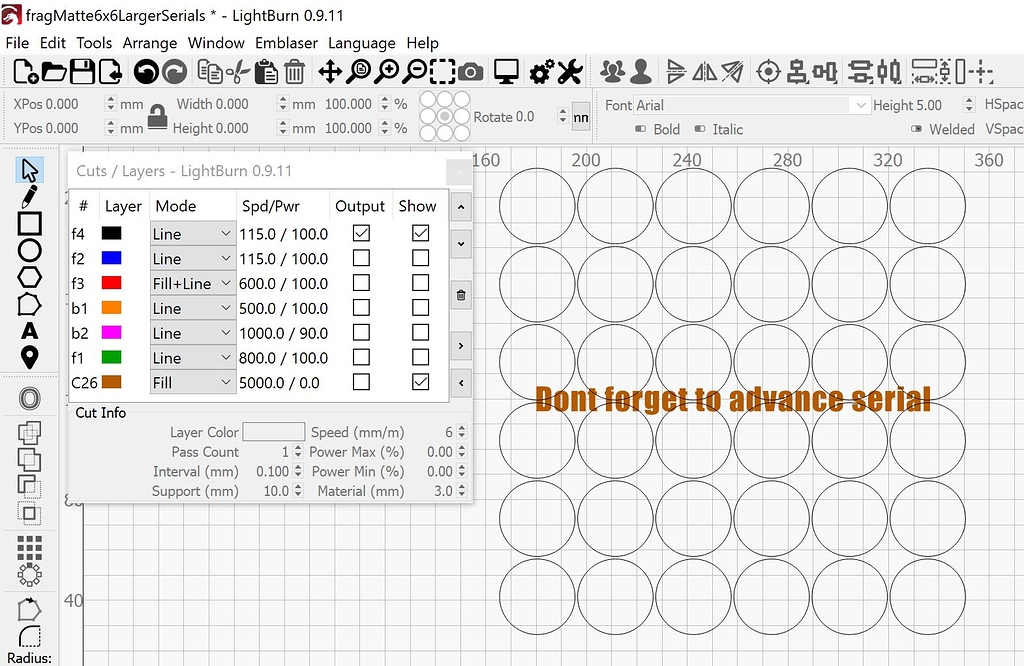
If your controller is GCode, Ruida, Trocen, or TopWisdom based, even if it's not listed it might be supported already - Download the free trial and try it for yourself. More controllers will be added soon, so if you don't see yours listed, send us a message - maybe we're already working on it! Supported Trocen controllers include the AWC708C, AWC608, and TL-3120. Supported Ruida controllers include the RDC6442G/S, RDC6445G, RDC6332G, RDLC-320A, and R5-DSP. Supported GCode controllers,include Grbl, Smoothieware, Grbl-LPC, and Marlin. We currently support most Ruida, Trocen, TopWisdom, and GCode based controllers. In reality, fill operations are nothing more than multiple line operations done very close together and in a regular pattern.LightBurn talks directly to your laser, without the use of additional software. These operations are often used for cutting but can also be used for a thin line when engraving. A line operation means the laser will trace a nearly infinitely thin line along the design but nowhere outside the line. I’ve never heard of a fill being used to purposefully cut a material. This is often used for engraving purposes. In relation to LightBurn cut setting operations… a fill is used to burn the positive portion of a design and has an area greater than 0. That’s more of a permanent discoloring process.


It’s often used in the context of “engraving” metal with a diode laser but that’s not really true engraving. However, when used in a specific context cutting means a cutting operation where the laser is being used to physically split a material down the laser path.Įngraving has the least general meaning and means to remove the surface layer of the material without cutting through to the other side.

Some of these terms are being used loosely… cut and burn are sometimes intermixed in the general sense to mean any laser operation.


 0 kommentar(er)
0 kommentar(er)
